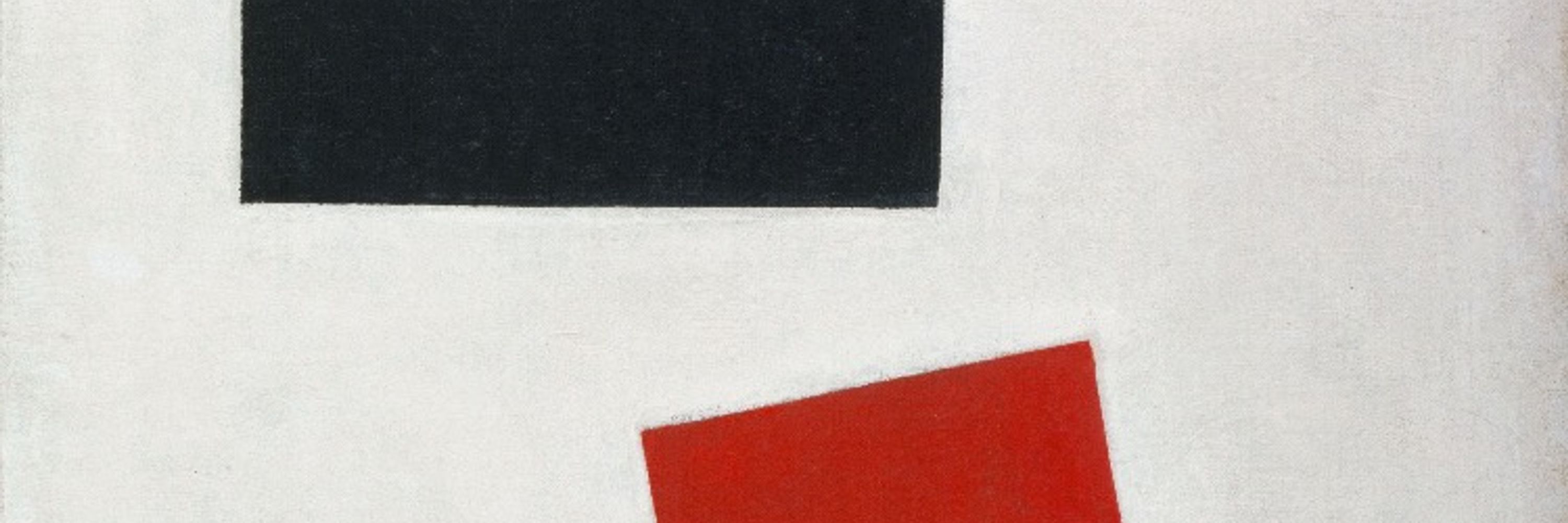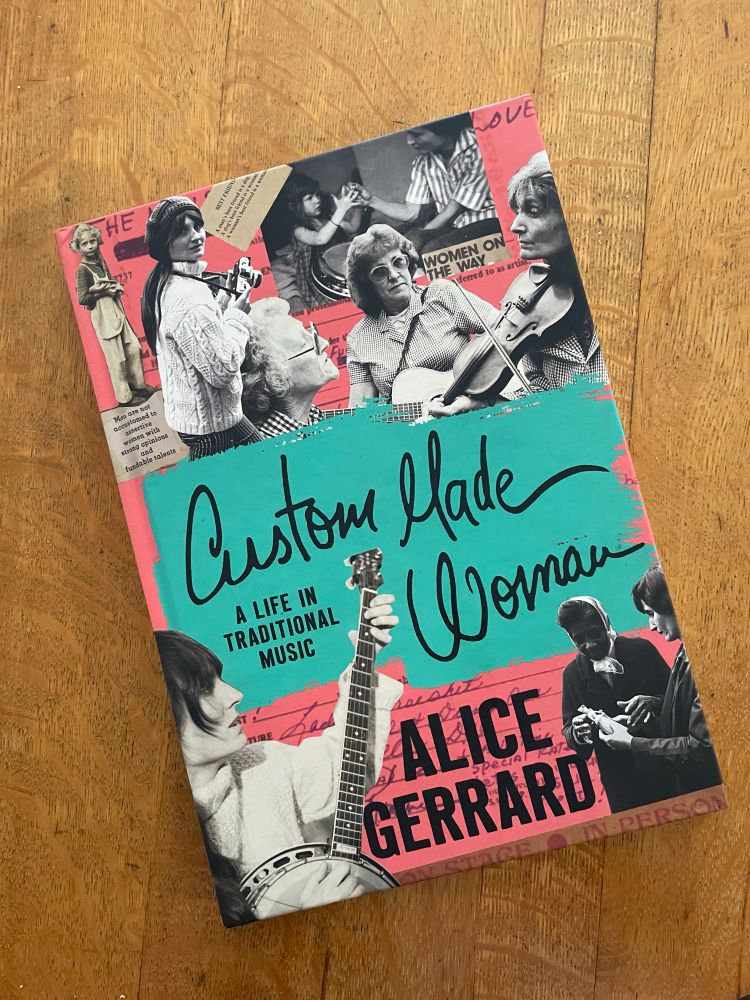
davidmenestres.com

@foxydigitalis.bsky.social called a " a ritual to reanimate the inanimate"
@alteranthony.bsky.social called it "an experience beyond limits. Pain and pleasure, indivisible"

@foxydigitalis.bsky.social called a " a ritual to reanimate the inanimate"
@alteranthony.bsky.social called it "an experience beyond limits. Pain and pleasure, indivisible"
Seen in between Flagstaff and Page, Arizona at a abandoned hotel on native land




Seen in between Flagstaff and Page, Arizona at a abandoned hotel on native land
Video showed the molten rock flowing down Kilauea as smoke fills the air.
Video showed the molten rock flowing down Kilauea as smoke fills the air.
chrispitsiokos.substack.com/p/why-innova...

chrispitsiokos.substack.com/p/why-innova...
@foxydigitalis.bsky.social called a " a ritual to reanimate the inanimate"
@alteranthony.bsky.social called it "an experience beyond limits. Pain and pleasure, indivisible"

BTW — even if you had access to this AI startup as a child, you still wouldn’t know how to make music.

Songs of the Snake Handlers
youtu.be/VhWv1RHqpv8?...
Songs of the Snake Handlers
youtu.be/VhWv1RHqpv8?...
@foxydigitalis.bsky.social called a " a ritual to reanimate the inanimate"
@alteranthony.bsky.social called it "an experience beyond limits. Pain and pleasure, indivisible"

@foxydigitalis.bsky.social called a " a ritual to reanimate the inanimate"
@alteranthony.bsky.social called it "an experience beyond limits. Pain and pleasure, indivisible"
"US triples national park fee for non-residents, amid ‘new’ fee for Americans"

"US triples national park fee for non-residents, amid ‘new’ fee for Americans"
Q-Tip
The Renaissance (2008)
Bonus discs included if you buy physical copies.
waveformalphabet.bandcamp.com


I was trying to work in a mention of how she taught her dog to grab her a beer from the fridge (as just one example of her legendary status) but I couldn't quite make it work


I was trying to work in a mention of how she taught her dog to grab her a beer from the fridge (as just one example of her legendary status) but I couldn't quite make it work
ekko astral’s online merch store
is now OPEN!!!!
we are selling the remaining stock of our merch from tour — which are the title card from “horseglue” and a design of our first president on fire (by @mattielubchansky.com)
go here: ekkoastral.bandcamp.com/merch




ekko astral’s online merch store
is now OPEN!!!!
we are selling the remaining stock of our merch from tour — which are the title card from “horseglue” and a design of our first president on fire (by @mattielubchansky.com)
go here: ekkoastral.bandcamp.com/merch
#PMPick out now via @akprecordings.bsky.social

On sale for $9.99 plus shipping for a limited time because we need to clear the space in our shipping distributor’s floor.
tapeop.myshopify.com/products/tap...

On sale for $9.99 plus shipping for a limited time because we need to clear the space in our shipping distributor’s floor.
tapeop.myshopify.com/products/tap...
Bonus discs included if you buy physical copies.
waveformalphabet.bandcamp.com


Recorded Live at Ryles, Boston, MA
The only time this group played together: Paul Motian drums, Charlie Haden bass, Pat Metheney guitar, Julius Hemphill saxophone"
sound isn't great but it's worth more than one listen
Recorded Live at Ryles, Boston, MA
The only time this group played together: Paul Motian drums, Charlie Haden bass, Pat Metheney guitar, Julius Hemphill saxophone"
sound isn't great but it's worth more than one listen



